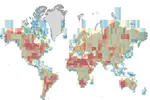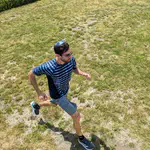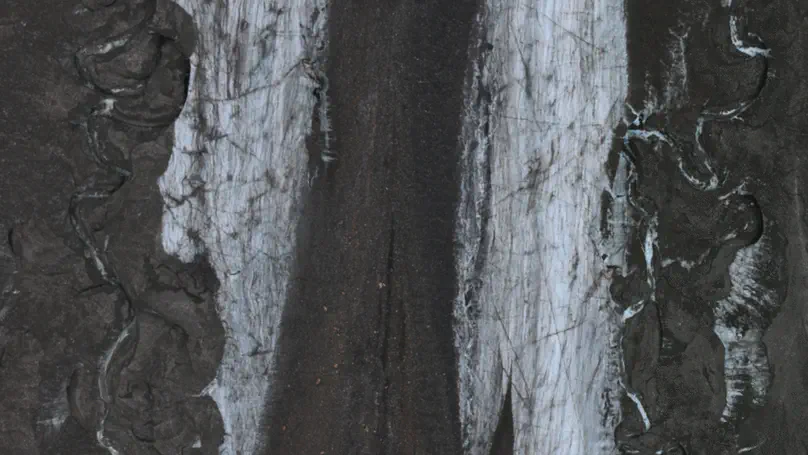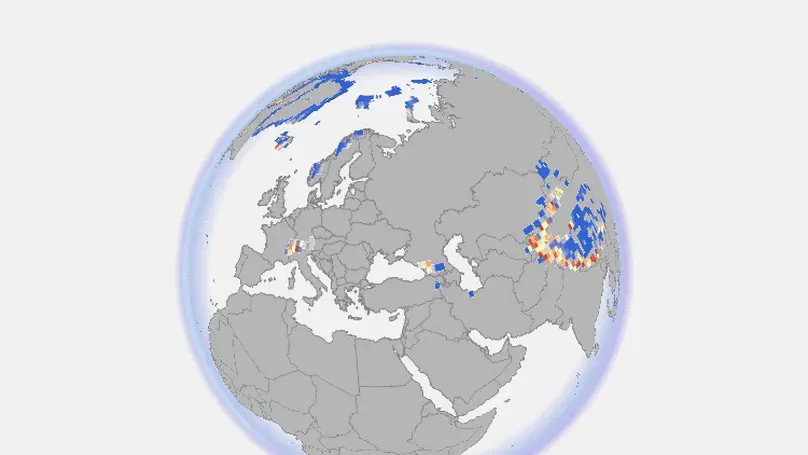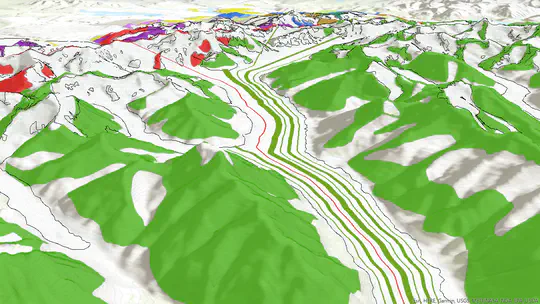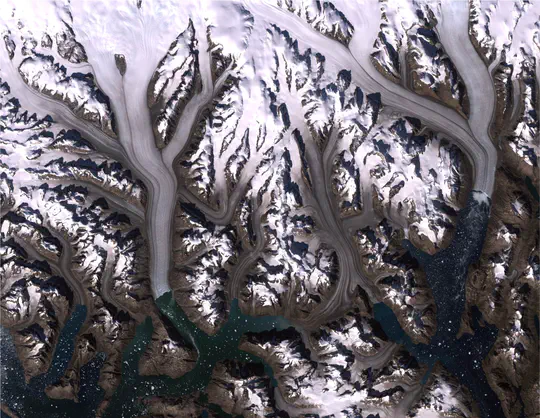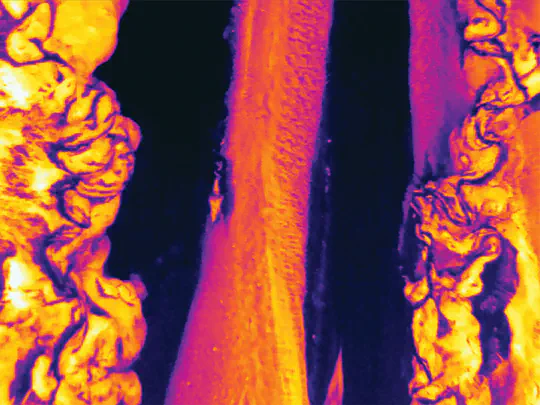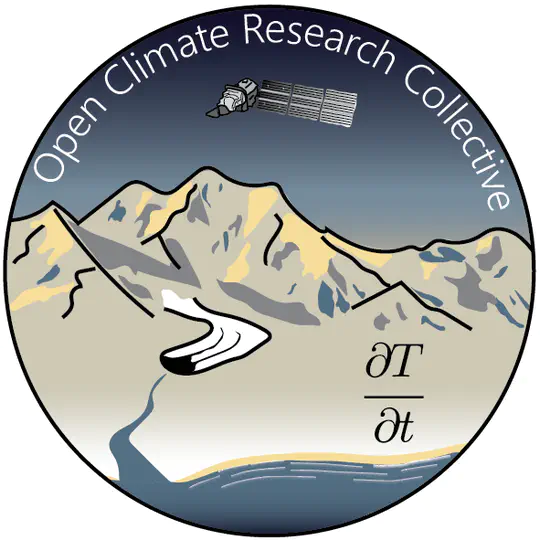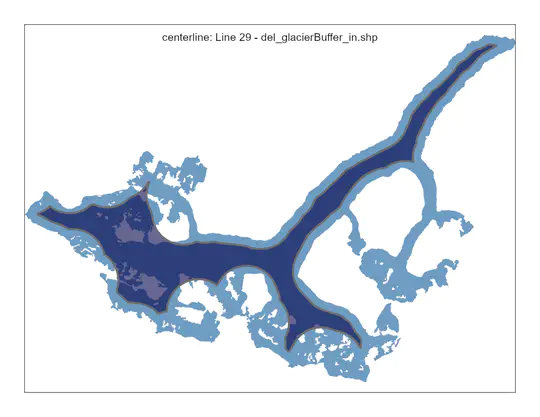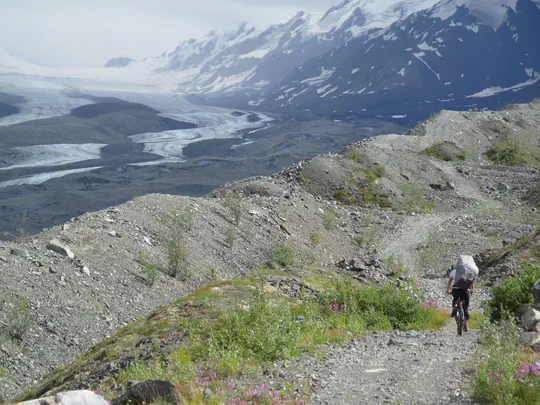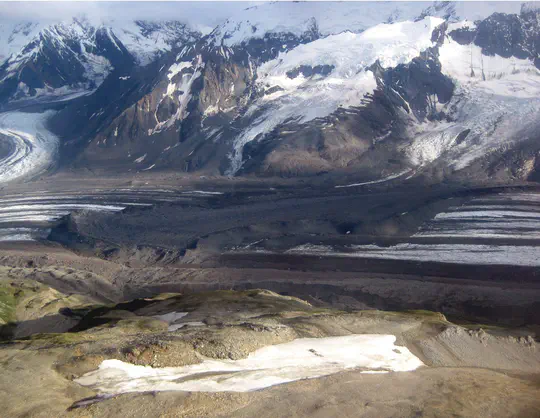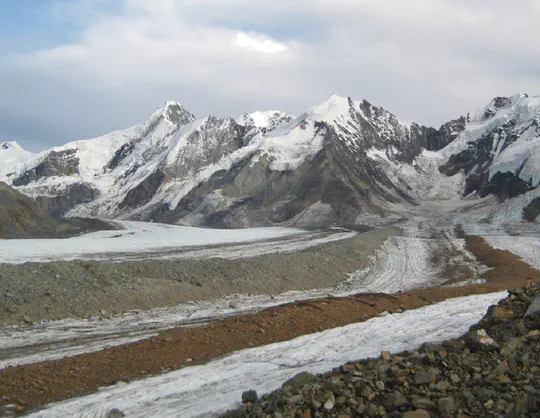Sam Herreid
glaciologist, runner, musician, writer
Biography
I am a postdoc at the OSU Byrd Polar and Climate Research Center working on exciting new carbon-free energy resources. I decided to shift to green energy because it is an exceptionally fast paced field with a lot of potential to make a societal contribution. More so than my fixation on studying rocks on glaciers, but I still independently work on this problem because I like it. And it contributes to better understanding future water resources and sea level rise. My publications on glaciers have spanned field studies in Alaska to global analyses. Currently, I am writing an open-source forward model predicting the distribution of rock debris on glaciers several hundreds of years into the future.
Open scientific knowledge is foundational to human advances. Foundational knowledge is often not directly coupled to profit and cannot be truncated by political boundaries. Currently in academics, the dissuasion for junior scientists to continue to pursue foundational research is palpable. This needs to change. To contribute to this effort, I co-founded the US-based nonprofit Open Climate Research Collective (OCRC), to reimagine scientific funding. More information about supporting or receiving funding from OCRC can be found here.
Outside of academics, I am a multi-instrumentalist currently writing and recording a solo EP capturing the lifestyle and culture around ultra distance trail and mountain running. My show is unique because I try to play thoughtfully written music within a somewhat absurd arrangement of playing piano and drums at the same time. I also run a lot. I occupy that grey area of running where I can casually qualify for Boston but am light-years away from making the Olympic Trials. My preference is to run very long distances on trails, but right now I live in a flat New Jersey beach town. I make the best of it. Which is sometimes funny. And I sometimes write comedy articles about it. Links below.
- Using rock debris on glaciers to model impacts of climate change
- Contributing scientifically to the global transition to green energy
- Writing, recording and performing music on my baby grand piano
- Ultra distance trail and adventure running
- Comedy writing
PhD in Glaciology, 2019
Northumbria University
BSc in Geology, 2014
University of Alaska Fairbanks
Music
Running
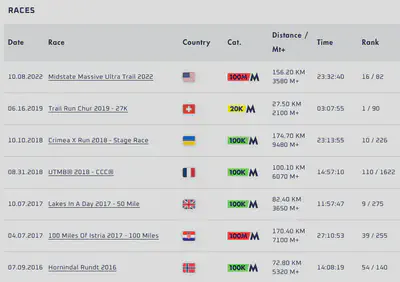
2023 race season
March 25th – Mt. Tammany 10 64 km, 3000 m d+ (8:16:10, 2nd OA)
July 13th – New York City Twilight 5000 m on the track (17:50)
July 19th – Philidelphia Twilight 5000 m on the track (17:28)
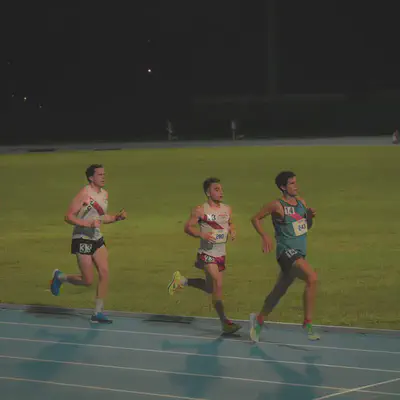
Photo: Henwood’s Hounds. Ichan Stadium, July 13, 2023
Publications
Projects
Experience
Responsibilities include:
- Software engineer
- Machine learning for geophysical applications
Responsibilities include:
- Business planning
- Fund-raising / public speaking
- VR development
- Scientifc direction
Responsibilities included:
- Global scale glacier analysis
- Proposal writing
Contact
- samherreid@gmail.com
- Bradley Beach, NJ
